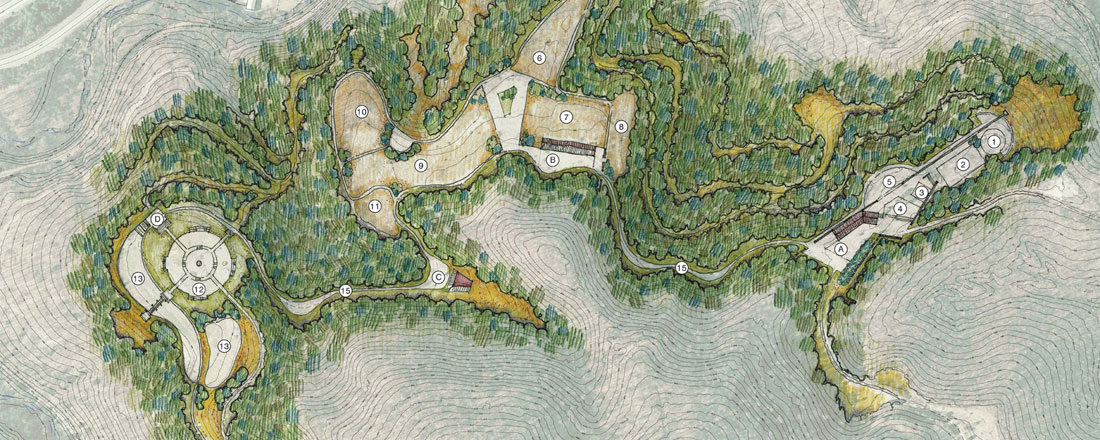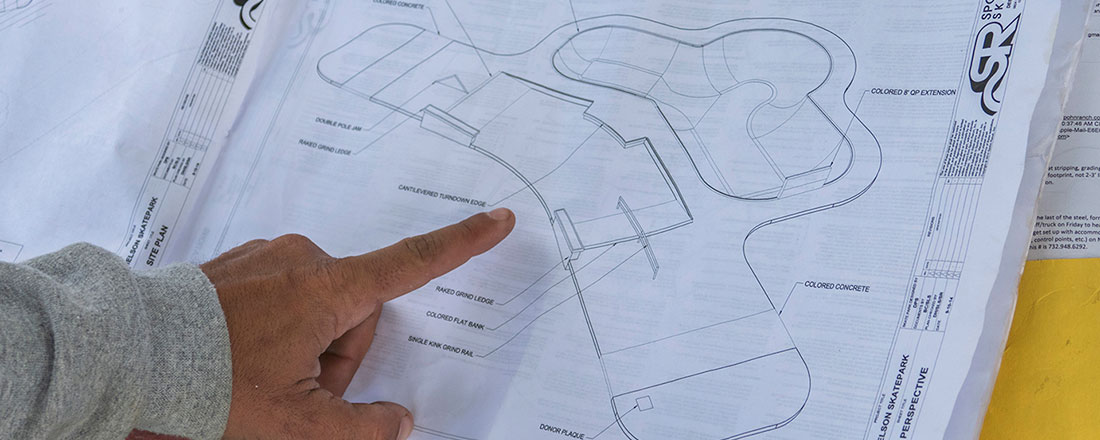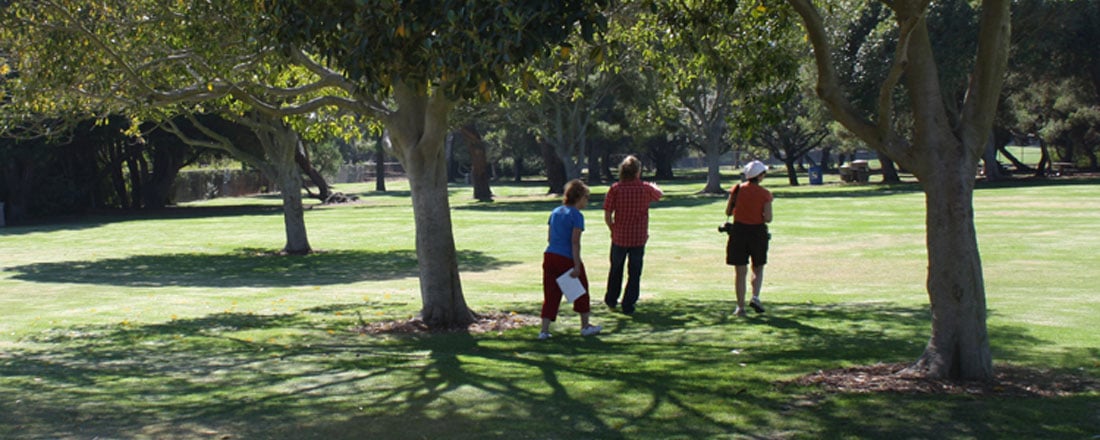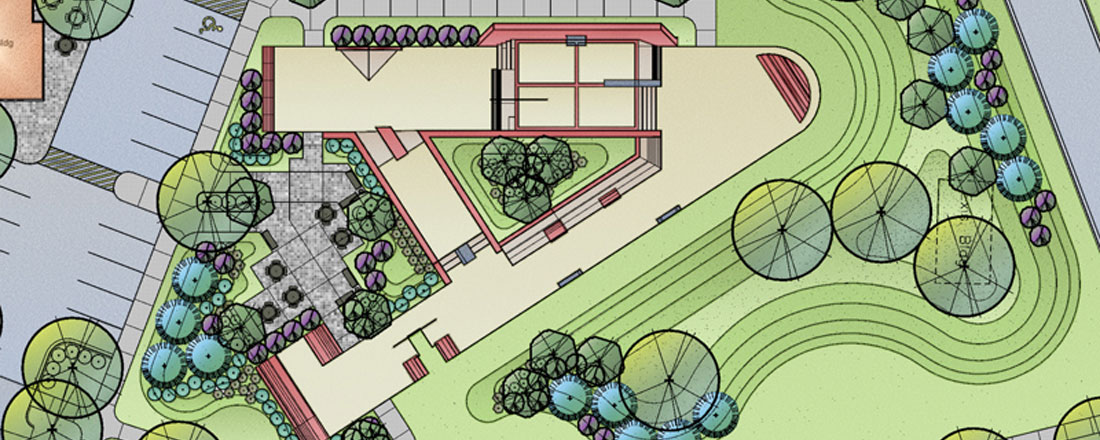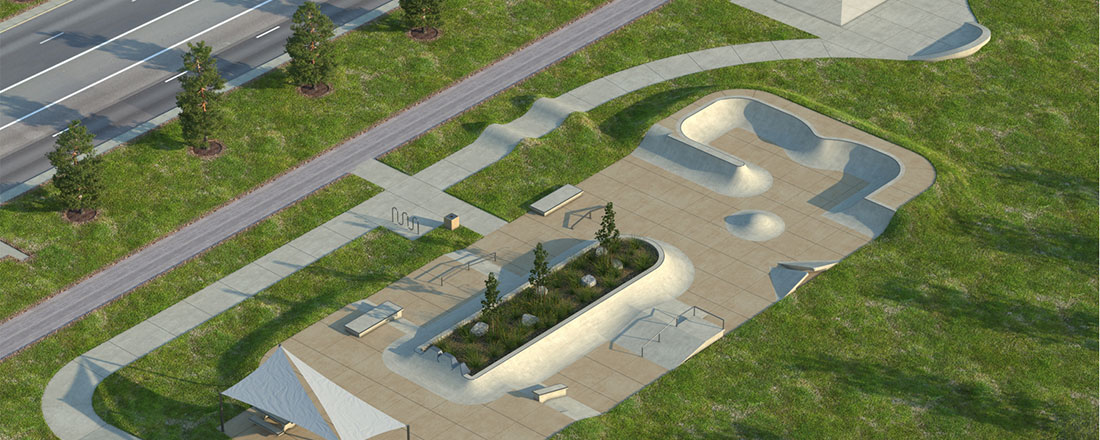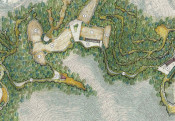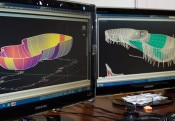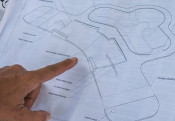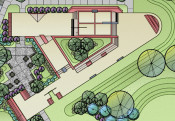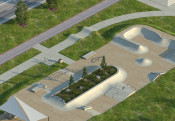You’ve recognized skateboarding and wheeled sports are under-served in your community, now what? A great first step is to give us a call. When your work and life’s passion intersect the way ours do, picking up the phone is the start of an exciting new adventure, not a chore.
Our first step is to understand the make-up of the community. Our thorough analysis includes asking a number of questions, such as:
- What kinds of skateparks are already in the area?
- What’s the ratio of skateboarders to BMX bike riders?
- What are the demographics of the community?
From there, we create goals and a vision for the style of skatepark that best correlates with the make-up of the community. Often times that vision extends beyond a single facility into a strategic network of skateparks, skate spots and skate dots. Our skatepark master-planning tools help us efficiently distribute terrain and maximize usage while providing a diverse experience.
With a big-picture understanding of the community, we can begin to assess the suitability of potential sites throughout the target area. Our site-assessment process is shaped by 20+ years of first-hand skatepark construction experience, having built parks in every imaginable climate and in the most challenging and complex of sites. Examining criteria like accessibility, environmental impact and compatibility with existing uses, we develop an in-depth understanding of our canvas. This ensures responsible design work and helps us avoid surprises down the road that cost both time and money. (A quick synopsis of our site analysis process can be found here.)
When a site and budget are established, the real work begins. Successful skateparks must balance the needs of three very different groups – the government, the community and the users. Spohn Ranch has a long history of working skillfully with all three.


